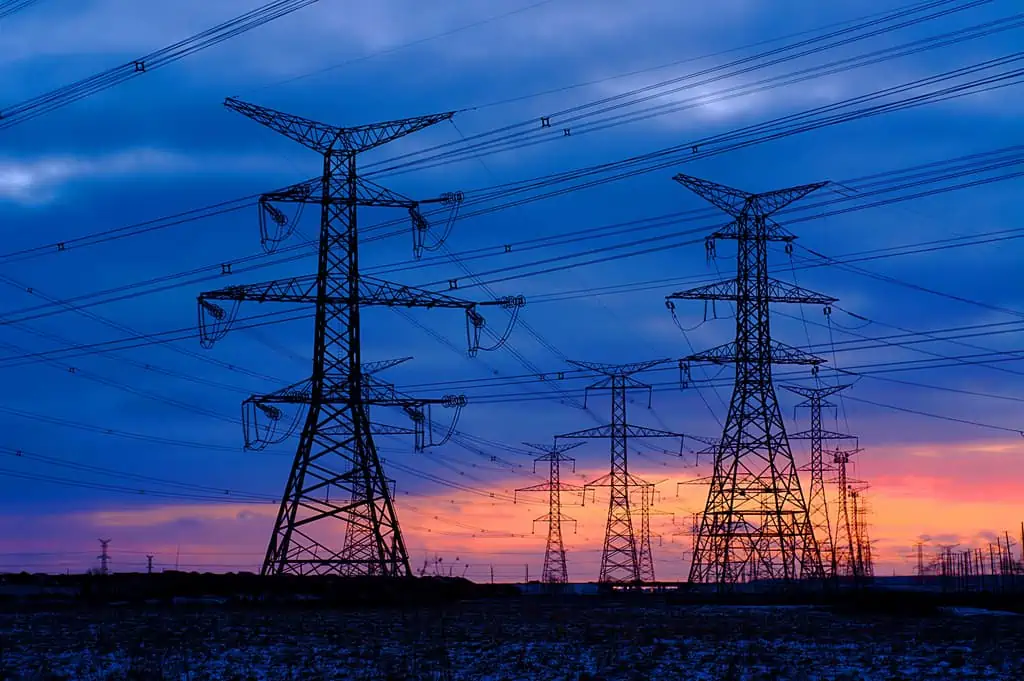When we’re young we never really consider where electricity, gas, and water comes from. They’re just there. You flip a switch and a light comes on. Fire up the oven top and the burner ignites. Turn a faucet and water comes pouring out.
Where those utilities come from and how they are provided involves an intricate network of energy producers, power plants, electrical grids, power lines and meters. All of the infrastructure adds up and influences the cost of the product – namely the utilities you pay to use. Utilities are one of the hidden costs of owning a home that can add up significantly over time.
Energy deregulation aims to curb the rising cost of electricity and gas. How? Let’s find out!
What is Energy Deregulation?
Today, there are two types of markets: regulated markets and deregulated markets. In a regulated market, there is a single energy provider (utility) that owns all of the infrastructure and distributes the electricity or gas. In a deregulated market, the utility owns and manages the infrastructure, but there are a number of providers that are allowed to distribute the electricity or gas. Consumers then get to choose which provider they want to use.
Texas is one of the largest states to primarily become deregulated. The state made the switch in 1999, which has given consumers the ability to choose from dozens of providers. At first, there were growing pains, because people were new to the process. But now there are websites like TexasElectricRates.com that help consumers compare providers and electric rates in Texas. As a result, the prices have dropped in many areas.
These changes were made possible by a series of legislative acts. They include the Public Utilities Regulatory Policies Act (PURPA) and the 1992 Energy Policy Act. Both reduced regulations and allowed independent power producers to grow. From there, state governments have taken the ball and created additional acts that have opened the door for deregulation.
Since then more and more states have adopted energy deregulation. That means more consumers have to learn how to navigate the deregulated energy landscape.
Budgeting Basics of Energy Deregulation
Utilities are something that affects every family budget no matter where you live. If you want to get the most cost-efficient energy it helps to know a few of the deregulation basics.
Deregulation is Established State-by-State
Every state makes decisions about its own energy policies. However, it’s further broken down to municipalities. Here again, Texas is a good example. About 85% of the state’s residents are in deregulated areas, but that doesn’t include the capital of Austin. That municipality opted to remain regulated.
Compare Providers Annually (at Least) Because Prices Fluctuate
Energy rates fluctuate because they’re based on the cost of natural gas and other resources used to create electricity. At any given time the rates a provider offers can change. That’s why comparison shopping is important. But it’s not over once you find a provider. Experts recommend that consumers check prices at least once a year to make sure they aren’t overspending on utilities.
There Are Costs Beyond the Rates
One of the goals of deregulation is to keep rising costs in check by adding competition. When electric providers have to compete for business they’ll offer competitive rates and deals. However, you have to look beyond the kilowatt-per hour (kWh) rate. There could also be additional charges like minimum use fees or account fees that add to the monthly cost.
Consumers Can Choose Between a Fixed or Flexible Rate
One of the biggest decisions you have to make is whether you want a fixed or flexible rate. A fixed rate will lock in a specific kWh rate, but you may have to agree to a yearlong contract. A flexible rate isn’t predictable, but depending on the market prices you could get a better rate a few months down the road. Many flexible rate plans are also month-to-month so you won’t be locked into a contract.
You Need to Know When You Use the Most Energy
Deregulation has helped increase the variety of energy plans that are available. One of the more recent options is a time of use plan. These plans feature variable rates throughout the day depending on overall demand. Typically, the kWh rate is highest in the afternoon and lowest in the late evening and early morning hours. Some time of use plans even offer free power during certain hours. If it’s conducive with how your family uses power or you can make some changes, then a time of use plan can be very cost effective.

